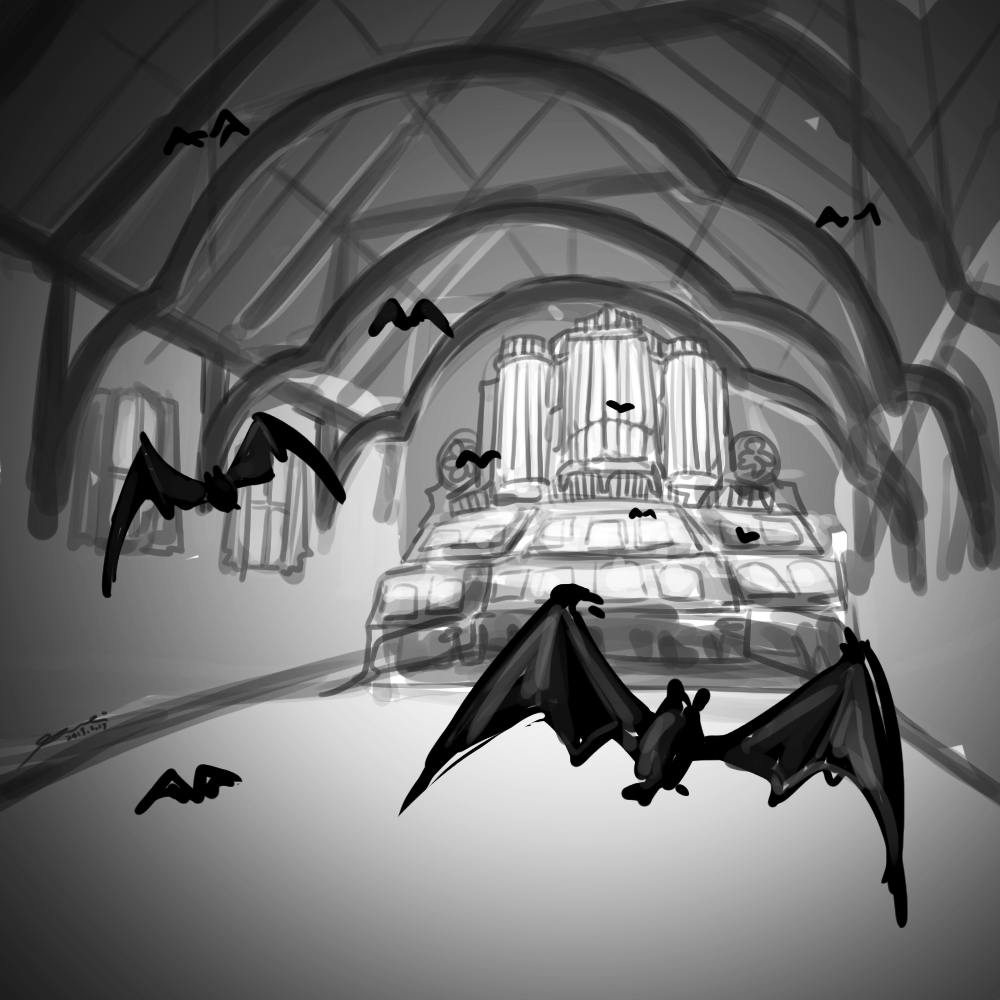While setting up for the class of 2021’s Winter Formal in Sayles Hall last month, Lauren Reischer ’21 noticed “something swooping down from the ceiling.” Soon after the event began, it became apparent that there were three bats in the hall “swooping around despite the sound and the lights, so they clearly were not that afraid,” said Reischer, who was the public relations officer for the sophomore Class Coordinating Board at the time of the formal.
The event was canceled after the bats were identified. “The unfortunate and unpredictable presence of bats in Sayles Hall that evening guided the decision by the (Student Activities Office) manager and student organizers to cancel the event,” Director of University Event and Conference Services Julie Haworth wrote in an email to The Herald.
This is not the first time the University has addressed the presence of bats on campus. Bats “are a seasonal pest and the last time we had to deal with one was two years ago,” wrote Director of Custodial Services Donna Butler in an email to The Herald. “Facilities Management has a contract with an outside pest control company. … In our experience, bats have been very uncommon in Sayles Hall,” she added.
Though bats are infrequent visitors to Sayles Hall, the chance that they have rabies necessitates a quick response.
“Rabies is not common in the bats here,” said Professor of Biology James Simmons, who researches bats’ biological sonar systems. “Over the many years we’ve had bats in captivity (for University research), maybe half a percent of the bats have tested positive for rabies,” he said.
But “rabies is one death per customer, so there’s no room for messing around,” he added.
The bats in question, big brown bats, “live in houses and buildings, not caves around here,” Simmons said. Bats “want to be somewhere where the temperature is just above freezing so they can hibernate,” so “if it gets too cold they’ll move somewhere further into the building,” he added.
University Organist and Senior Lecturer in Music Mark Steinbach has previously encountered bats in Sayles Hall. For instance, about six years ago, a bat disrupted a concert. “One of our students was playing a piano concerto and a single bat started swooping the full length of the hall. We’re artists, so we’re used to suffering under adverse conditions — the show must go on and on it did,” Steinbach said.
Simmons noted that “this isn’t the first time (Sayles) has had bats, and we’ve, over the years, caught bats in a lot of Brown buildings.”
Sayles Hall also houses the historic Sayles organ, which was unharmed by the bats. The morning following the cancellation of the CCB formal, “the ‘bat man’ went inside the organ to look, and we crawled upstairs, but he didn’t see any remnants of bats,” Steinbach said.
Though the organ has “had spiders inside of the pipes before” and “rats can eat through the leather of the bellows,” the worst damage “for a pipe organ in today’s climate is” caused by dry heat or moisture, Steinbach said.
“It’s hard to imagine that there would be bats living in the organ in a way that would damage it,” Simmons said. “I wouldn’t think they’d even want to live in the organ.”





